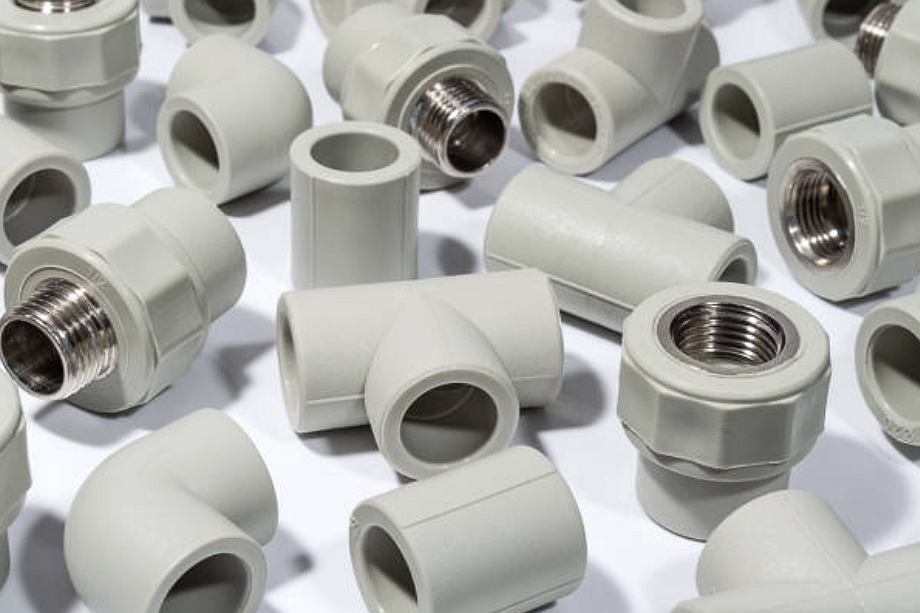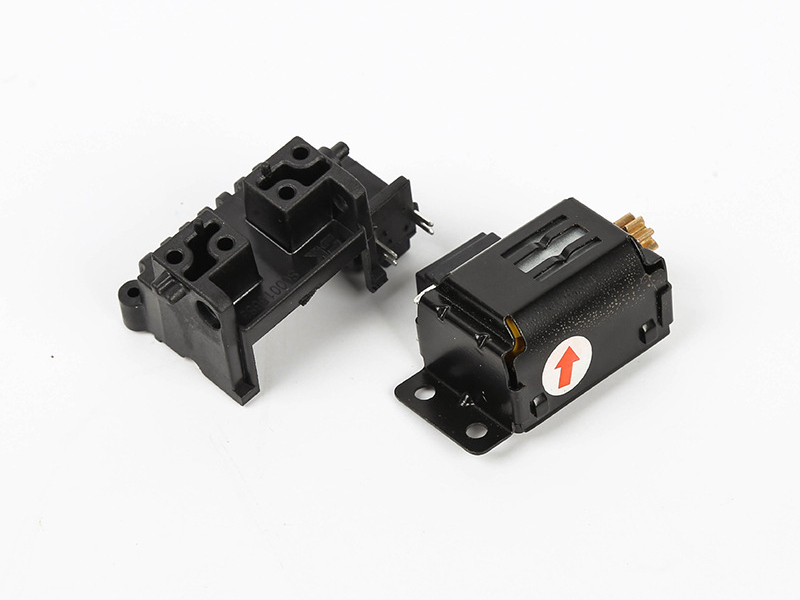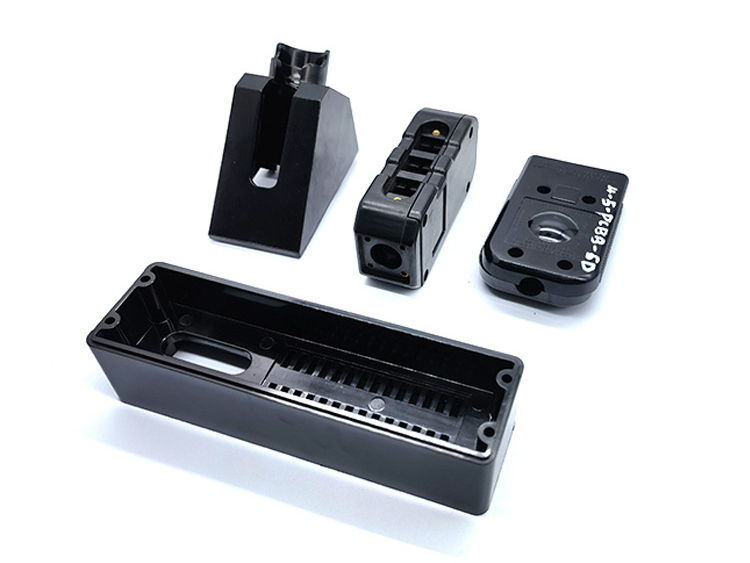Are there limitations or challenges associated with insert molding?
Are There Limitations or Challenges Associated with Insert Molding?
Yes—while insert molding offers significant benefits such as enhanced strength, reduced assembly time, and improved durability, it also presents technical challenges that must be addressed through precise engineering and process control. As industries increasingly adopt complex, compact, and multifunctional components, understanding insert molding limitations is essential for delivering reliable, high-performance parts in sectors like automotive, medical, and electronics.
Key Challenges and Limitations of Insert Molding
1. Insert Alignment and Positioning
Challenge: Precise insert placement is critical. Misalignment as small as ±0.05 mm can compromise fit, cause functional failure, or damage tooling during mold closure.
Solution:
Robotic insert loading ensures ±0.01 mm repeatability
Neway Precision employs custom fixtures, locating pins, and real-time sensor checks for alignment integrity
2. Increased Tooling Complexity
Challenge: Insert molding requires specialized cavities, insert-retention features, and additional cooling channels, raising mold cost by up to 20–30% compared to standard molds.
Solution:
Early-stage DFM consultation optimizes tooling to reduce unnecessary complexity
Modular inserts allow rapid iteration with minimal retooling
3. Longer Cycle Times
Challenge: Manual insert loading or complex part geometry can increase cycle time by 15–40%, affecting throughput in high-volume production.
Solution:
Automated insert feeding systems and rotary molds reduce handling time
Optimized gate and cooling design minimizes molding and ejection durations
4. Insert Material Limitations
Challenge: Low surface energy metals (e.g., untreated aluminum) often result in poor adhesion. Improper bonding leads to delamination or mechanical failure under stress.
Solution:
Inserts undergo surface treatment (e.g., knurling, undercutting, plasma activation)
Engineering-grade plastics like Nylon and TPU are selected for optimal compatibility
5. Potential for Internal Stress or Warping
Challenge: Mismatched thermal expansion between the insert and plastic can cause residual stress, leading to cracks or long-term deformation, especially in large parts or harsh environments.
Solution:
Insert and resin selection are matched based on thermal coefficients
Mold temperature, pressure profiles, and part geometry are tuned to balance shrinkage
6. Risk of Insert Displacement or Voids
Challenge: Improper resin flow can displace inserts or create voids around the interface, reducing structural integrity or electrical continuity.
Solution:
Mold flow simulation tools optimize gate placement, flow speed, and packing pressure
Insert supports and dual-shot cavity designs ensure stable positioning during injection
Why Neway Mitigates Insert Molding Challenges Effectively
Neway Precision brings 20+ years of expertise in solving complex insert molding challenges, delivering:
±0.01 mm insert placement accuracy for high-reliability applications
Fully and semi-automated insert loading for flexible volume needs
Tooling precision for stainless steel, brass, copper, and aluminum inserts
Material bonding validation through mechanical, tensile, and thermal cycling tests
Complete DFM engineering support to ensure process efficiency and repeatability



